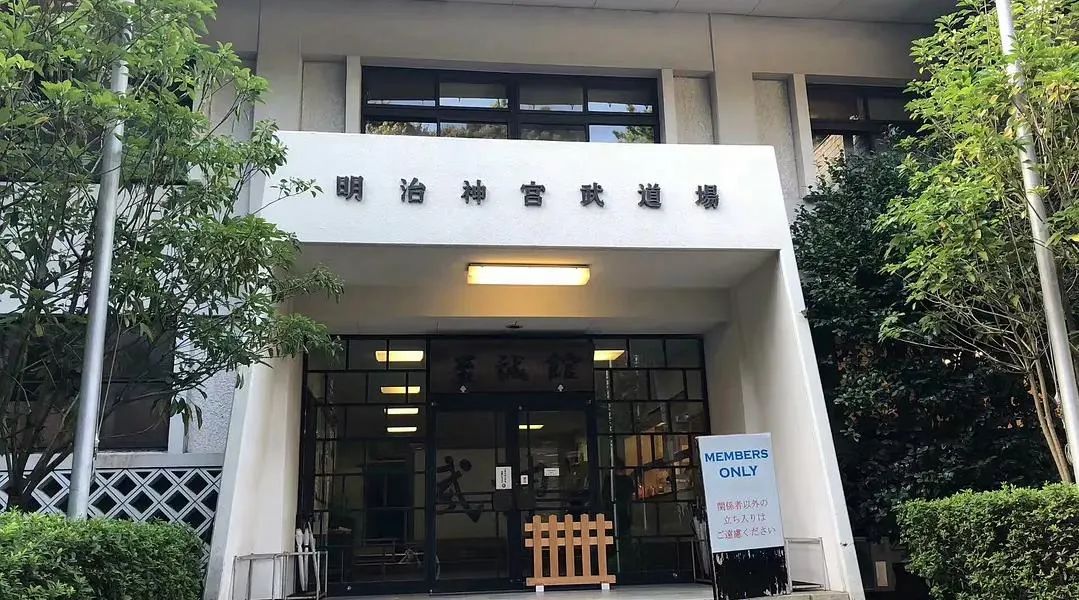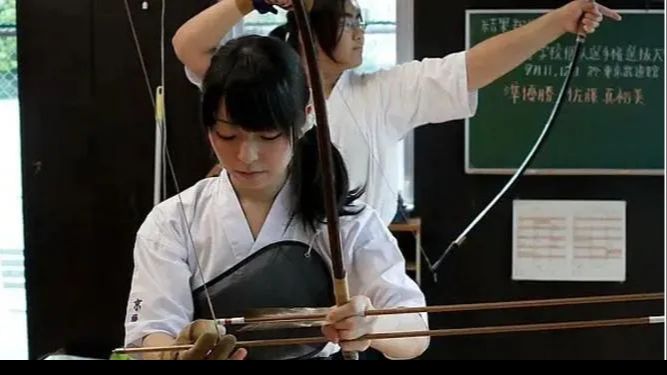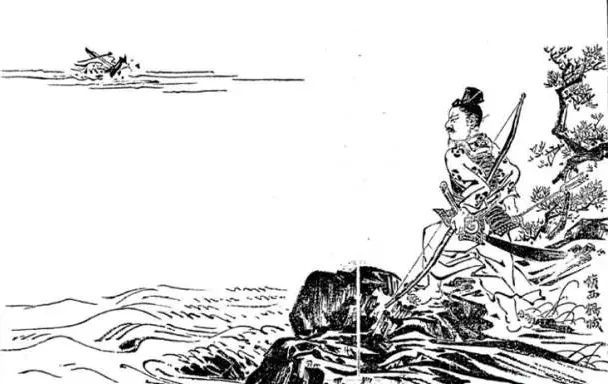
Nanchuan Zhengxiong • "Guide to Bow Surgery" • Published by the 36th year of Meiji
In the 28th year of the Meiji (1895), a group of martial artists who lived in Kyoto gathered various martial arts and martial arts groups, organized into the "Great Japan Martial Arts Association", and set the headquarters in the Kyoto Palace Palace. The purpose of the martial arts association is to enable the general people to understand the spirit of the samurai again, while regaining their enthusiasm for martial arts; on the other hand, arranging bowls in the scope of school education, hoping to allow students to forge school children through the form of rewards participation. Practice the body, and at the same time make the Gong Road popularize.
In the 8th year of Dazheng (1919), "Martial Arts Specialty School" was renamed "Martial Arts Specialized School", and "Bow" was also officially renamed "Bow Road". Learn.
In the 8th year of the Showa (1933), the Wude Society under the call of President Suzukizhuang Liu gathered various genre representatives and famous Gong Daojia who gathered the bowway to set up the "Bow Dao Investigation Committee" to discuss the "shooting shape of the Wude Association headquarters. The topic of unity. In March of the Showa 18 (1943), the Wude Society re -set up a variety of segmented systems in the martial arts, and joined the titles such as "Fan Shi", "Dashi", and "Alchemist". These titles have been circulating in the arched road to this day. In the 1944 (1944), the "Bow Taoism Facility Development Committee" finally completed the "Bow Taoism", and also launched a new set of "Gong Road Principles" in conjunction with each director, which can achieve consensus in the industry. After World War II, the Allied Army forced Japan to ban martial arts and decided to dissolve the martial arts association. The Taoist family did his best to organize the "Japan Gong Dao Alliance" in the Showa 24 (1949), so that Gong Dao can be resurrected through the form of "spiritual cultivation". On January 18, 1957 "Bow Road Alliance", since its establishment.
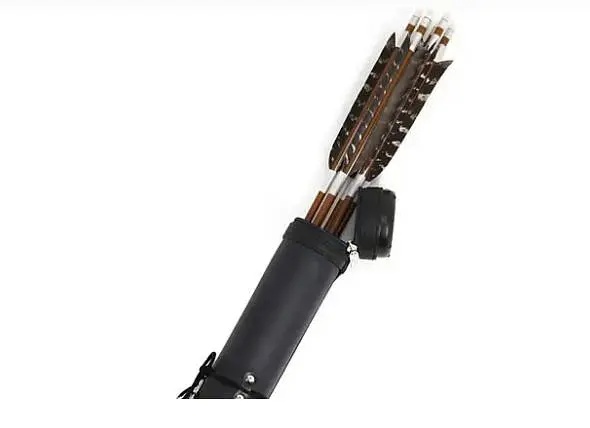
Arrow: Very beautiful, about 2,000 yuan for six arrows, it is indeed expensive exercise

The arrow bar can be equipped with six arrows, about 300 yuan, which is still very cost -effective.
On July 25th of the Showa 26 (1951), the Ministry of Culture ’s Minister of Culture issued a new statement to inform all the sports materials of all middle schools or above to add bow elements to the textbooks, and the arched road was allowed to revive the name of the school community in the name of the school community. On July 11th of the Showa 28 (1953), the "All -Japan Student Bow Alliance" was formed again. In the 31st of Showa, the "National College Sports Alliance" was newly established "Bow Road Specialty Department". On March 29th of the Showa 42 (1967), the Ministry of Culture and Culture issued a statement again, stating that all colleges and universities could continue to teach the bow in regular physical education courses. The National High School Bow Road Selection Conference is an official competition for college students. It is hosted by the Sports Alliance of National College of Japan and the All -in -Japan Bow Road Alliance. Students from the Gong Road Department of various universities are competing in the same way. It can also continue the vitality of Japanese traditional culture to a certain extent.
Long bow giant, send it to closer
From the end of the Meiji to more than a hundred years, Japan has experienced a broad and profound modern transformation, especially the strong impact of westernized thought on tradition. Although after twists and turns, traditional culture, especially national sports culture, is concerned, even if Japan has accepted the competitive model and rules of international archery sports, it has not given up the original bowway. On the contrary, Gong Road is still developing, and it is better.
Establishing and dissemination of modern bow lane techniques
There are many genres in Japan today, mainly divided into two major factions: one is the "Ritual Department" represented by Ogasumihara, and the other is the "martial arts system" represented by the daily stream and emphasizes the criteria and strength. There is also a derived from the "Tang Shooting School" of the daily stream, which has changed another "martial arts" genre of riding and shooting style -Ben Duoliu.
In the "Bow Road" compiled by Ogashara, it can be understood that Bow Road divides the technology into "Eight Section of Shooting Methods". This is formulated by the Japan Bow Road Committee, considering the form of human body, the genre and ideas of the shooting.
1. Foot pedal: When the shooting position (the position where the bow is standing) is on the target, the two feet are opened.
2. Capital: After doing the foundation of a pace, the stable upper body movement is made.
3. Archmark え: The preparation action of putting the arrow on the bow.
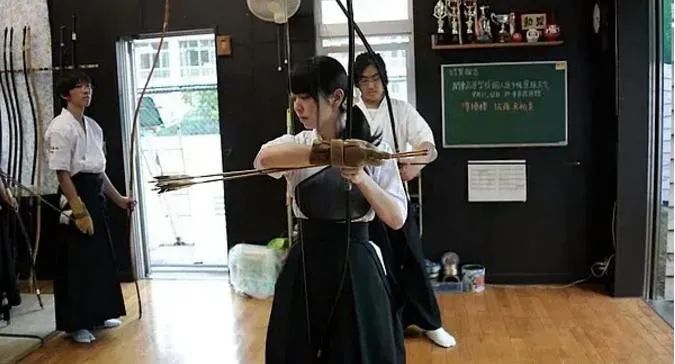
4. Raise up: After the arrow is stringed, use two hands to hold the bow and the arrow with a good position over the head.
5. Dimension: Take the previous action, hold the bow in one hand to pull the string (the feather at the end of the arrow), open your hands on the left and right, and pull the bow and arrow to your own sight level.
6. Meeting: After completing the action of "Dimination", start to aim at the state of the target.
7. Li Yan: Release the hand holding the arrow and shoot out the arrow.
8. Remnant (or residual body): The posture maintained after the arrow is released.
Through the training of techniques, minds, and body, it is the state of the moderation of the moderation of the golden mean, and even my forgetfulness. Corresponding to the "Eight Section of Shooting Method" is the so -called "archery seven barriers":
Sleeping heart, anger hurting the liver, sadness damage the intestines, wondering the spleen, surprised the stomach, fear of invading the kidneys, and depression. The seven lovers are "joy, anger, worry, thought, sadness, fear, and shock." Seven feelings are too much, the injured person is "archery seven barriers".
It is the mysteriousness of the bow to adjust my mood to Zhongzheng and peace. As the Japanese Gongdao Van Shinoi said: Without opponents, it is his contest with himself.
The cultivation of the bowway is not only in the physical training under the simple goal movement, but also the rigorous etiquette requirements. The bow road absorbs various rituals in the original era, and today still retains the ritual of bows and divinations in all parts of Japan. Although the specific ways of etiquette are deepened by China, with the changes of the times, it has also formed a unique ceremony that is in line with Japan. The significance of Bowao etiquette is reflected in two aspects: one is the etiquette of the specific method of expressing their will in order to maintain a smooth interpersonal relationship. You can also require yourself more strictly in daily life, as a paradigm different from permanent life. The second is to purify the awe of your body and mind, as the etiquette of the induction program.
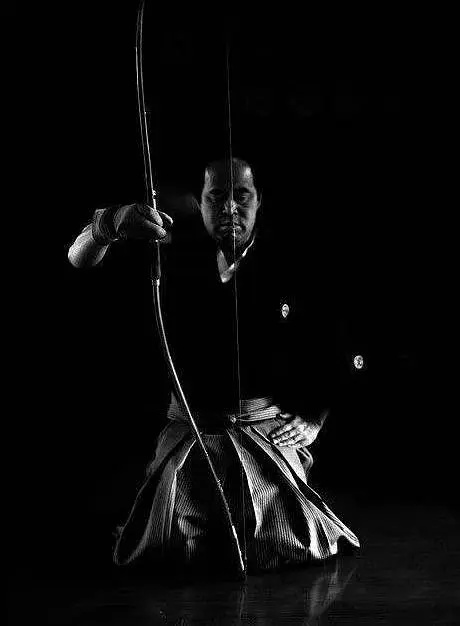
Gowno Koto
"Still want to be like a samurai, even if you are hungry, you will be able to bear hunger to make others give preference. Just thinking that you can't do this, it reflects people's character. It will become better. This is what I want to pass to everyone.
Born on October 2, 1935, a nearly 80 -year -old Japanese man in Japan has been drifting through the sea for 20 years and has become the first person to teach Japanese bowway in China.
In 1996, he opened the first Golden Museum in Tianjin Institute of Physical Education, and then established a Taoist hall at Zhuhai Branch of Beijing Normal University. According to its states, the bow road is brought back to its starting place, which expresses his respect for this sacred activity with measures. Better.
At that time, Naito, who was 66 years old, respected his family's opposition and came to China alone, only with a simple purpose: to feed the bow road to the young people in China, inject the spirit of the bow on everyone's soul, and the fire of the stars will eventually.
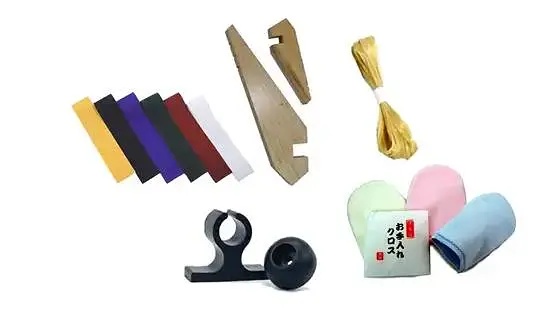
Grip
In the Migrant Palace Martial Arts Farm, the Guwu Dao Palace Conference is often held. The Zhicheng Pavilion's arcade is a holy place for bowway enthusiasts. As the central dojo of the Japan Bow Road Alliance, major arcade events are often held.
